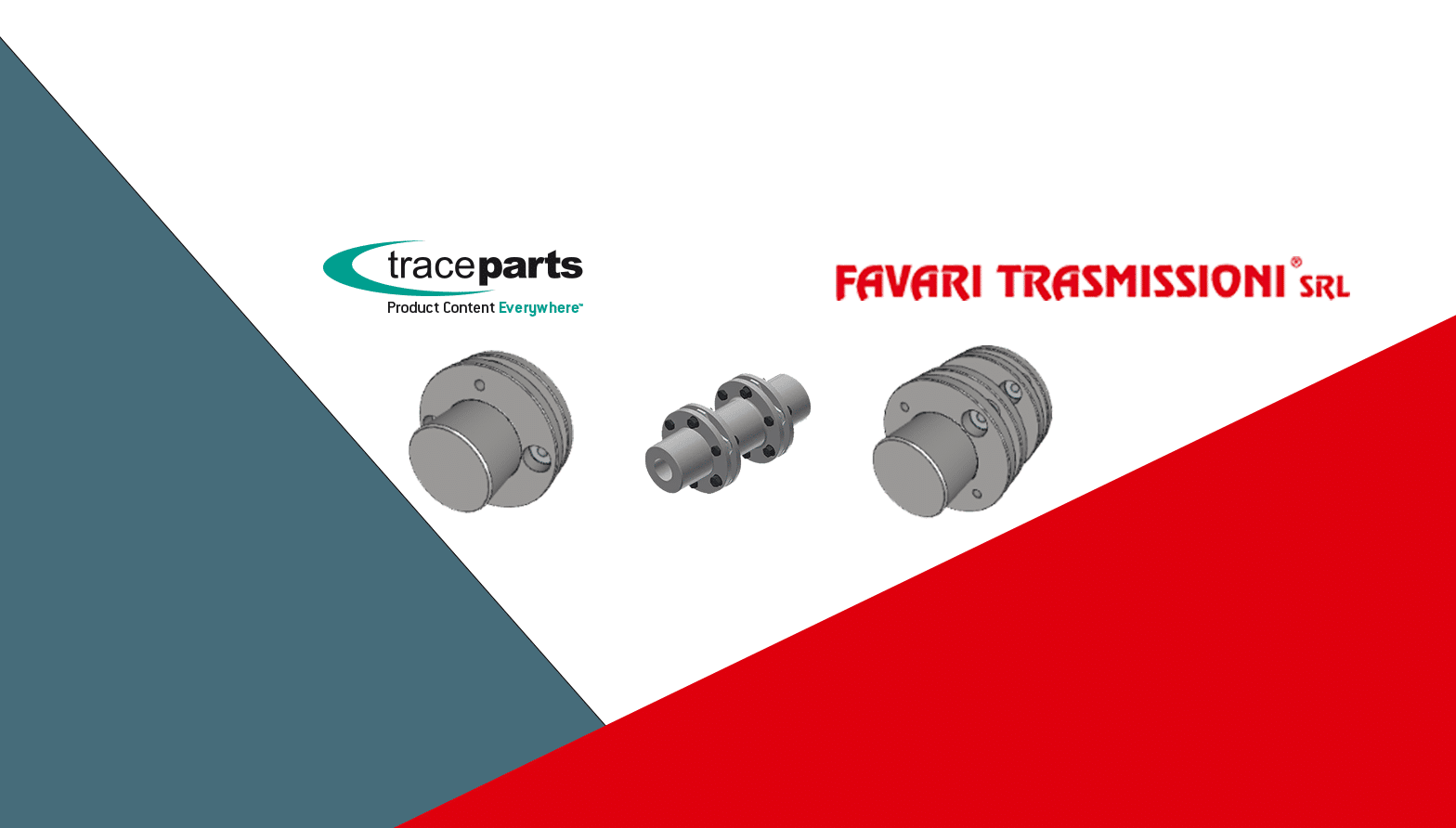The shape of the components marketplace has changed. In this article we will look at how traditional industrial distributors are under pressure from new developments, and how they can remain relevant to the modern customer.
Before the advent of the ecommerce revolution, manufacturers had to rely on traditional routes to market – either selling directly to the customer or using a distribution network. Technical information was provided in the form of printed catalogs, and customised designs were drawn as required. The role of a distributor was clear: a distributor offered manufacturers an extension to their own sales organisation – more “feet on the street” – and gave them access to customers that they could not otherwise reach.
The internet has enabled contact between the manufacturer and the customer in a way not previously possible, and has made the traditional distribution relationship more difficult. Manufacturers can now place technical information directly into the hands of the customer without the need for personal interaction. In fact, the best manufacturers have developed self-service systems that make it easier for the customer to research, modify and select products without ever having to speak to an adviser.
At the same time, the ecommerce revolution has given rise to a few vast companies who have buying power and logistical support to rival the largest manufacturers. Focussed on offering the customer choice, easy access to product and quick delivery, these ecommerce giants started in the consumer marketplace. However, the industrial customer is now expecting similar levels of service in the business-to-business (B2B) market. These giants have been casting an envious eye over the industrial market and have recently been using their buying power to offer a business-to-business service.
Traditional distributors are therefore finding themselves under pressure from two directions. The manufacturers are providing customers with previously unheard-of access to rich technical data and enabling them to choose their own products. At the same time, the ecommerce giants are offering the logistical support that has previously been the distributor’s key selling point, combined with the vast buying power that their market position gives them.
In this environment, the distributors must ask themselves how they remain relevant to the customer. However, even in this difficult marketplace, there are things that neither the manufacturers or the ecommerce giants can offer: choice, expertise and impartiality. The manufacturers can offer expertise – they are, after all, the designer of the product in question and should be able to provide unparalleled technical support.
But the manufacturer is not impartial. They must try and sell the products in their offering, and if the customer needs something they cannot offer, they are at a serious disadvantage. The ecommerce giants can certainly offer choice. Their whole business model is based upon providing the broadest possible choice to the customer, backed up with excellent logistical support. But they are not specialists. They are unable to offer technical support to the busy design engineer, meaning that the engineer must conduct their own research.
Only the industrial distributor can offer the combination of choice, expertise and impartiality. By becoming a trusted partner to the design engineer, the industrial distributor can offer genuinely impartial service to ensure the customer chooses the best product for their application, not just that was available. The industrial distributor can support their position by providing the best possible design tools to the customer.
By offering a single source for all of the datasheets, drawings and catalogs that a customer might need, the distributor makes themselves a valuable part of the design process, simplifying the customer’s tasks of research and product selection.
3D modelling is a key part of modern design. The functionality of the latest CAD (Computer Aided Design) software systems has made it easy for even the smallest companies to embrace this technology. The small customer is now in the position to be able to create 3D models of their own products, enabling them to compete with companies many times their size. It is for this reason that the industrial distributor should invest in 3D model service. Not only does access to an accurate 3D model of a component save engineers hours of research and design time, distributors will also see huge benefits in engaging with customers in this way.
Distributors who provide 3D models are reinforcing their commitment to providing the customer with choice and expertise. The distributor is developing technical credibility with the customer, which in turn creates a trust in the mind of the customer. That trust will then convert into loyalty, making it more likely that the customer will purchase from the distributor.
The distributor can also benefit in other ways when providing 3D models. The selection of the correct component can be a difficult task. With a huge number of manufacturers making similar products, the customer can become overwhelmed by choice, which sometimes lead to the wrong product being ordered.
By embedding 3D models within their ecommerce experience, the distributor is making it easy for the customer to make positive buying decisions based on real-time viewing of a 3D model. This leads to fewer errors in component choice, and further enhances trust and loyalty in the mind of the customer.
Some difficult buying decisions can be simplified with the use of a 3D models. The use of a 3D online product configuration tool is useful for components that offer a range of optional features. Using this kind of tool, the customer can choose their desired feature and then download a 3D model according to their exact specifications. Studies have proved that a customer who downloads a 3D model is more than 88% likely to purchase that product, making this a very powerful way of placing component choice in the hands of the customer.
The provision of 3D models can also assist the distributor with targeting sales and marketing campaigns. The customer who downloads 3D models is likely to be in the design phase of a project. Using this information, it is possible to tailor marketing activities to provide the most relevant messaging to the customer, maximising the distributor’s chances of growing their revenue.
TraceParts is one of the world’s leading providers of 3D digital content for engineering and has 30 years of experience in enhancing the technical content offering of manufacturers and distributors. TraceParts employs powerful web-based solutions including 3D model component libraries, electronic catalogs and online product configurators. The TraceParts portal is available free-of-charge to millions of CAD users worldwide, vastly extending the reach of the distributor’s own technical and marketing campaigns.
When industrial distributors invest in embedded 3D marketing, they are enhancing their professional standing with the customer by making research and design easier. The ability to offer true technical content alongside impartial advice and choice makes the industrial distributor not just relevant but vital to the customer’s design process.


 Deutsch
Deutsch Français
Français Italiano
Italiano Español
Español Português
Português 中文 (中国)
中文 (中国) 日本語
日本語 Русский
Русский

 08/01/2025
08/01/2025  Digital Parts Catalogs, Engineering Resources, TraceParts News
Digital Parts Catalogs, Engineering Resources, TraceParts News 
